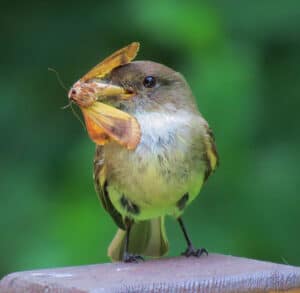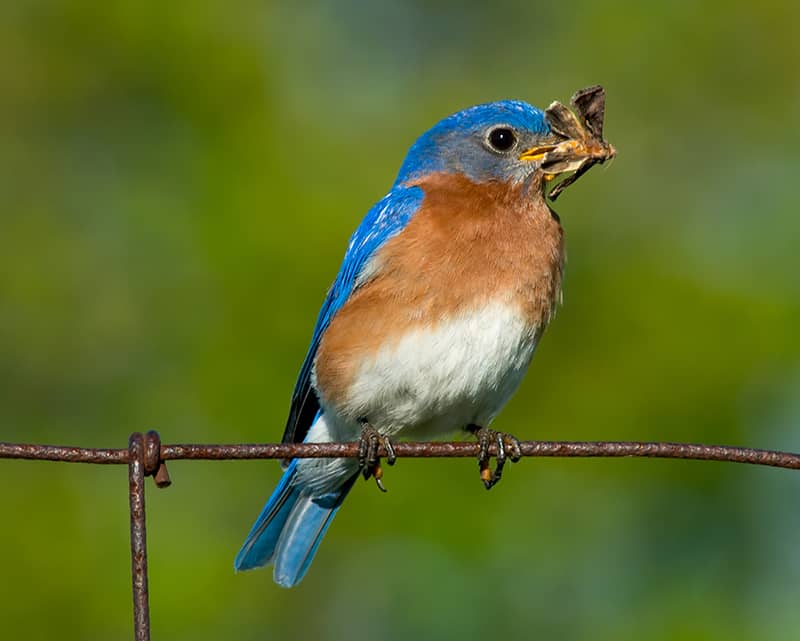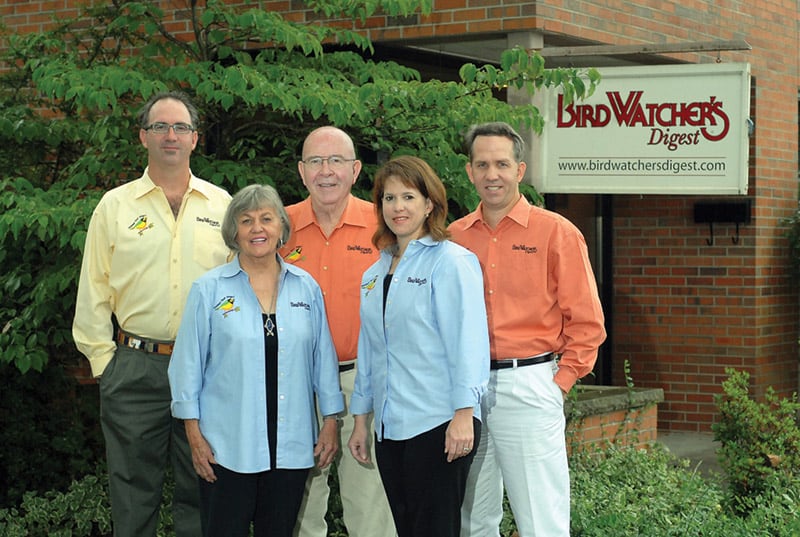
I remember in years past, I would occasionally pack up the car on the pleasant spring or summer day and go for a ride in the country. With no particular destination in mind, I would cruise down back roads and country lanes, past farm fields bursting with new crops, driving under clear blue skies through gently rolling hills dotted with a few cows and sheep. It was all very idyllic. Until… after a couple of hours of driving, it became difficult to see where I was going. The windshield was completely splattered with the remains of thousands of dead insects, moths, bugs, and other flying creatures. It resembled a battlefield littered with casualties. The only thing to do was to clean it up. Ugh. An unpleasant task. Juicy remains would smear across the windshield as I attempted to scrape them off. Cleaning it only seemed to make it worse. That experience cast a dull cloud over the entire country drive experience.
However, after having lived in a cramped apartment in an urban high-rise building for the past decade, the thought of a drive in the country again seemed appealing. So, in an attempt to relive the past, I once again went for a Sunday drive. It brought back pleasant memories (except for the bugs). However, after an hour of driving, I noticed a major change: There were no bugs splattered on the windshield. None. It was spotless. Hurray! I did not miss the challenge of cleaning the windshield.
But, I did wonder why there were no bugs, when there used to be so many. I considered several possibilities, and, ultimately, assumed it was because of recent changes in the design of cars. Attempting to improve gasoline mileage, automobile designers have made cars more aerodynamic. Today, air flows more easily around a car. So, instead of an unsuspecting insect smashing headlong into my windshield, the smooth airflow now carries it up and away from danger, missing the car all together, like a jet plane slicing through turbulent air.
Whatever the reason, I was glad I didn’t have to clean the windshield. It’s not that I dislike bugs. I just never liked the cleanup process.
However, I was dead wrong about the reason. Yes, improved aerodynamics do help. But the real reason there are fewer dead bugs on the windshield of my sleek new car is simply because there are fewer bugs around than there used to be. And that is a problem.
Farmers, particular big, factory farms, focus on maximizing food production. They utilize every square inch of land. There are no hedge rows separating fields. No sections of the farm are left unused. And they hate bugs. Certain insects can cause crop damage, which reduces yield, adversely affecting bottom-line profits. So, farmers welcomed any way to get rid of them. At the same time, chemical companies developed stronger and more effective insecticides and encouraged farmers to use them liberally, so they did. The insecticides worked. Insect populations plummeted. No more bugs on my windshield.
That may be good news for farmers, but there is a downside. Birds love bugs. Bugs are a major portion of their diet, especially for grassland and meadow birds. Fewer bugs means less to eat. With less food available, fewer birds can survive. No bugs, no birds. It is that simple.

3 Billion Birds Gone
In the few months since my ride in the country I’ve noticed many reports in both the scientific and general press reporting that the number of birds today are much lower than there had been a few decades ago. For example, the September 2019 issue of the respected journal Science featured an authoritative article with the dramatic headline: “3 Billion Birds Have Disappeared.” That was the conclusion of a comprehensive, five-year study by a consortium of scientific organizations including the Cornell Lab of Ornithology. The study found that overall there are 30% fewer birds today than there were just 30 years ago. Moreover, the decline in the population of the types of birds found around farms and meadows is even more drastic: 53% fewer birds than in 1970.
On the positive side, the number of ducks and waterfowl has actually increased almost 50%. Why an increase in the number of ducks at the same time that grassland birds are declining? Surprisingly, the key element behind increased duck populations has been duck hunters. A few decades ago hunters noticed that the number of ducks was declining, primarily because of the destruction of their habitat. Marshes, ponds, and small pothole lakes were disappearing. Hunters took action, raised funds, and have protected millions of acres of prime habitat for ducks. The numbers show their actions have worked.
Farmers have taken the opposite approach. At one time they alternated plantings and each year left a portion of their acreage unplanted. Hedgerows used to frame farm fields providing habitat for birds. Today, corporate farms strive to utilize every square inch of their acreage. There is no room for birds.
And they certainly don’t want bugs. So, every year in the US, over one billion pounds of powerful pesticides are applied.

398 Bird Species Threatened
Another recent study, funded by the National Audubon Society, featured an equally shocking headline: 398 species of birds will drastically decline in abundance and may face extinction because of environmental problems. Again, the use of insecticides and the loss of habitat coupled with global warming are the culprits.
But It is not just farmers. Homeowners also overuse pesticides, applying tons of pesticides, including 2,4-D and glyphosate (used in Roundup) to achieve lush green lawns The study also recommends reducing the amount of land devoted to grassy lawn. A stately home surrounded by large amounts of green grass can look attractive—it’s the American ideal. But it requires substantial effort to maintain that appearance, including frequent mowing, watering, and insecticides.
Parks, commercial properties, and golf courses also utilize their share of pesticides. A sterile patch of lawn does nothing for the environment. No bugs. Nothing to attract birds. The study suggests ripping out manicured lawns and replacing them (all, or partly) with wild grasses and native plants. The resulting yard or park can look spectacular, requiring less maintenance while providing other environmental benefits. I think the most difficult part of this suggestion will be overcoming America’s image of a large house surrounded by an expanse of lawn as the symbol of success. It is not true in other countries. As I recall, there is no grass lawn surrounding Buckingham Palace. If that is good enough for the queen, it is good enough for me.
I am willing to do my part. I’ll reduce the size of my lawn. It is not that green anyway, even though I use a lot of fertilizer and insecticides. I’ll put it in native plants and grasses. They can look really nice and don’t require much effort to maintain. I’ll even forgo using my foul-smelling, loud, polluting lawnmower as often.
And, though I complain about it, if my choice is between having more bugs so I have to clean my windshield more frequently, or having fewer birds, I’ll opt for more bugs, more birds.
I can learn to enjoy cleaning my windshield. But life won’t be the same if I can no longer hear birds sing. So, bring on the bugs.



